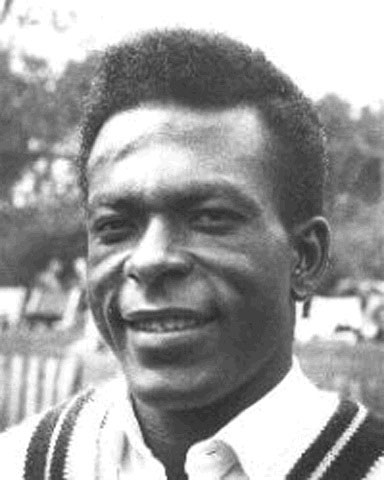In this week’s edition of In Search of West Indies cricket, Roger Seymour looks at a seemingly minor incident that occurred during a game against a county side, early on the 1973 Tour of England.
In sport, as in life, sometimes incidents occur that appear to be non-consequential at the time, others have a domino effect that can cause catastrophic changes in the immediate environs, and yet others, are like the aftermath of a stone dropped cautiously into a shallow pond; where, as it sinks slowly to the bottom, the effects are like the mild ripples, slowly spreading outwards, gradually getting wider and wider, with no apparent or visible change on the surface, until the ripples dissipate against the fringes of the pond. A ripple effect can change the structure of a team without the team even realizing that its own metamorphosis is in progress and then all kinds of permutations can develop.
The 1973 West Indies Tour of England is the first link in the chain of the development of the juggernaut that the team evolved into during the late 70s, throughout the 1980s and the early 1990s. The West Indies, from March 7, 1969 to April 26, 1973, played 20 Test matches without winning a single one, whilst losing three series, and drawing the other two with the New Zealanders.

